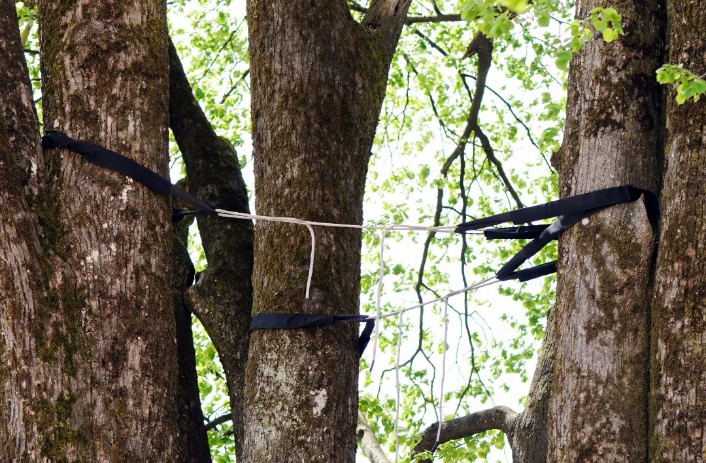Are you planning on tackling a tree pruning project at home? It’s a great idea. Not only will you breathe new life into your trees but you’ll also be protecting your property from fallen trees in the future.
There’s a lot you have to know before taking on this project, though.
Tree cabling and bracing are important parts of keeping trees safe. The only question is how to approach these tasks. Below are some tree care tips for the do’s and don’ts that you should keep in mind.
Contents
Place Anchors Thoughtfully
Anchors are what you attach the cables to and they need to be in the right place. Ideally, they should be about two-thirds of the way up the tree. This provides the right balance and support.
The wrong placement could lead to the tree becoming unstable, which could potentially cause damage or even lead to the tree’s demise. Always aim for the optimum spot – two-thirds of the way up.
Avoid Over-Tightening
Take care not to overtighten the cables. If too tight, they may harm the tree or cause unnecessary stress. You want enough tension to provide support, but not so much that it becomes a danger.
Just like a tightrope walker’s rope, it needs to be just right – firm, but with some give. The goal of tree cabling and bracing is to boost the tree’s natural strength, not to strangle it.
Inspect Regularly for Safety
Regular safety checks are the key to maintaining tree stability. Over time, cables can wear or become loose. Always monitor your tree’s growth and check the tension of the cables.
If they feel loose or you notice any wear and tear, it’s time to adjust or replace them. Remember, your tree’s health is key, and timely maintenance ensures its longevity.
Avoid Inappropriate Hardware
Don’t use hardware that doesn’t fit the job. Cables and braces need to be strong and rust-resistant. Use items made for tree care, not just any old scrap.
Remember, your tree’s health and the safety of your property depend on quality materials. Inappropriate or poor-quality hardware could harm the tree or fail when needed most – during storms and high winds.
Maintain Tree Health
Caring for the overall health of your trees is vital. A healthy tree will better withstand stress from cabling and bracing. So keep your trees watered and fed.
Prune them regularly to remove dead or diseased limbs. And if you spot any pests or signs of disease, act quickly to treat them.
Even the best cabling and bracing work can’t save a sick tree. So be proactive in your tree care!
Don’t Neglect Professional Assessment
Never overlook the importance of professional advice. Professional tree services can spot signs you might miss. They’ll examine your trees and recommend the best cabling and bracing strategies.
This brings peace of mind, knowing your trees are safe and well-cared for. When in doubt, call the pros. They’re trained to keep your trees healthy and your property safe. If you don’t know where to start looking, see this tree bracing service for your options.
Do Tree Cabling and Bracing Right
Tree cabling and bracing are essential techniques that can help prevent tree damage and protect your property. With the tips above, you can ensure that you do it right.
Take the necessary precautions, consult with a professional, and don’t hesitate to reach out for help. Contact a certified arborist and get started on your tree maintenance today.
Did you find this article helpful? Then check out our blog for more advice, tips, and insights!

